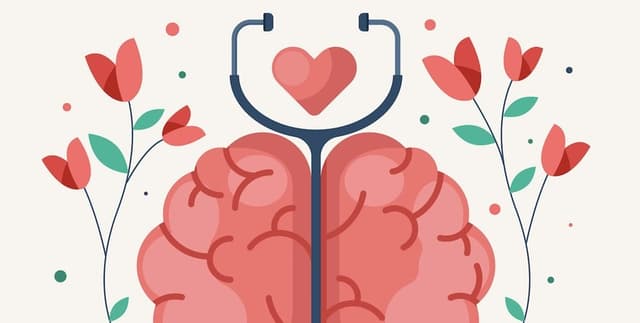COVID-19 Impact on US Mental Health
Mental Health & Wellness
Tags and Keywords
Trusted By




"No reviews yet"
Free
About
This dataset provides insights into Mental Health Care in the Last 4 Weeks based on the U.S. Census Bureau's Household Pulse Survey [1]. Launched in collaboration with five federal agencies, the survey's primary purpose is to produce accurate and timely weekly estimates on the social and economic impacts of Covid-19 on American households [1, 2]. It specifically gauges the pandemic's influence on various aspects, including physical and mental wellness [1]. The data allows for analysis by different parameters such as state and age, offering a detailed view of mental health trends across the United States [1, 3].
Columns
The dataset comprises 13 columns, offering detailed breakdowns of mental health care trends:
- Group: Indicates how the data is grouped, such as by state or age [3].
- State: Specifies the geographic location within the United States, including individual states [3].
- Subgroup: Provides more granular demographic details, such as age ranges (e.g., 18-29 years) [4].
- Phase: Represents a categorical phase in the survey [4].
- Time Period: Refers to the duration of the survey period in days [4, 5].
- Time Period Label: Describes specific date ranges for survey waves (e.g., Jul 21 - Aug 2, 2021) [5].
- Time Period Start Date: Marks the beginning date of each survey period [6].
- Time Period End Date: Marks the end date of each survey period [7, 8].
- Value: Represents the estimated percentage or measure of mental health care in the last 4 weeks [8, 9].
- LowCI: The lower bound of the confidence interval for the 'Value' [9].
- HighCI: The upper bound of the confidence interval for the 'Value' [10].
- Confidence Interval: The range within which the true value is expected to fall [10].
- Quartile Range: Provides the quartile distribution of the data [11].
Distribution
The dataset is provided as a CSV file, specifically named "Mental Health Care in the Last 4 Weeks.csv" [3]. It has a file size of 1.31 MB and contains 13 columns [3]. There are 10.4k valid records for most columns such as 'Group', 'State', 'Subgroup', 'Time Period', 'Time Period Start Date', and 'Time Period End Date' [3-8]. Some columns, like 'Phase', have 72% valid entries (7,524 records), while 'Value', 'LowCI', 'HighCI', and 'Confidence Interval' have 95% valid entries (9,914 records) [4, 9, 10]. The 'Quartile Range' column has 65% valid entries (6,732 records) [11]. Missing data is present for 'Value', 'LowCI', 'HighCI', 'Confidence Interval', and 'Quartile Range' [9-11].
Usage
This dataset is ideal for:
- Analysing trends in mental health care utilisation and needs in the United States [1].
- Investigating the socio-economic and health impacts of the Covid-19 pandemic on American households [1].
- Understanding variations in mental health care access and experiences across different states and age groups [3].
- Informing public health policies and interventions related to mental wellness.
- Supporting academic research on public health, epidemiology, and social sciences.
Coverage
The dataset's geographic scope is the United States, with data grouped and available by individual states [3]. The time range for the survey data spans from August 2020 to May 2022, with specific time periods indicated (e.g., starting August 19, 2020, and ending May 9, 2022) [7, 8]. The survey was designed to produce accurate and timely weekly estimates [2]. In terms of demographic scope, estimates are weighted to match Census Bureau population data by age, gender, race and ethnicity, and educational attainment [2]. Data can be grouped by age, with specific subgroups like "18 - 29 years" available [3, 4].
License
CC0: Public Domain
Who Can Use It
This dataset is valuable for:
- Researchers studying public health, mental health, and the societal impacts of pandemics.
- Public health officials and policy makers developing strategies for mental health support and resource allocation.
- Data analysts and statisticians interested in socio-economic indicators and survey methodology.
- Healthcare providers and organisations seeking to understand population-level mental wellness trends.
- Journalists and media professionals reporting on public health and social issues.
Dataset Name Suggestions
- US Mental Health Care Trends: Household Pulse Survey
- American Mental Wellness Data (2020-2022)
- COVID-19 Impact on US Mental Health
- Household Pulse Survey: Mental Health in America
Attributes
Original Data Source: COVID-19 Impact on US Mental Health
Loading...
Free
Download Dataset in CSV Format
Recommended Datasets
Loading recommendations...
